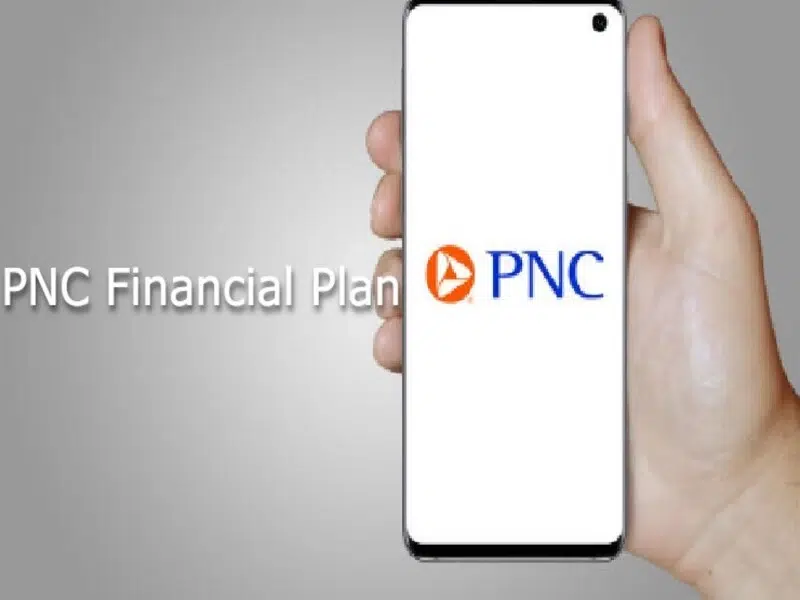Why is it useful to have your bank account and routing numbers when using tax preparation software?
The question why is it useful to have your bank account and routing numbers when using tax preparation software? Having your bank account and routing numbers readily available when using tax preparation software offers several advantages. Firstly, it allows for seamless direct deposit of tax refunds, reducing processing times and ensuring funds are deposited securely. Moreover, it simplifies electronic filing by facilitating payment setup and refund tracking. Inputting this information enhances accuracy and efficiency, minimizing the risk of errors during data entry. With secure transmission protocols, taxpayers can trust that their financial details are protected. The convenience of having bank information integrated into the software streamlines the filing process, saving time and effort. Besides, it provides a reference for future filings, making subsequent tax seasons more efficient. Overall, having a bank account and routing numbers accessible within tax preparation software enhances the filing experience, offering convenience, security, and efficiency. Benefits of Using Bank Account and Routing Numbers Using bank account and routing numbers offers several benefits: Direct Deposit: Facilitates direct deposit of payments, such as salaries, tax refunds, and government benefits, saving time and eliminating the need for paper checks. Electronic Payments: Enables electronic payments for bills, loans, and other financial transactions, providing convenience and reducing the reliance on physical checks. Online Banking: This service grants account holders access to online banking services, allowing them to manage their finances, transfer funds, and monitor transactions conveniently from anywhere with Internet access. Automated Transactions: Supports computerized transactions, such as recurring payments and transfers, ensuring timely execution and reducing the risk of missed deadlines. Fraud Prevention: Enhances security by allowing banks to verify account information during transactions, minimizing the risk of unauthorized withdrawals or fraudulent activities. Well-run Processes: This approach simplifies financial processes for businesses, organizations, and individuals, promoting efficiency and reducing administrative burdens. Quick Funds Availability: Accelerates fund availability for deposited checks through electronic clearing systems, enabling faster access to funds than traditional check clearing methods. Integration with Financial Systems: Integrates simple payments and smoothly with various financial systems and software applications, facilitating seamless money management and accounting processes. Cost Savings: Reduces costs associated with paper-based transactions, such as check printing, postage, and manual processing, leading to overall savings for individuals and businesses. Accessibility: Provides accessibility to financial services for individuals who may not have access to traditional banking services, such as those in remote areas or with limited mobility. In general, utilizing bank account and routing numbers offers numerous advantages, including convenience, security, efficiency, and cost-effectiveness, making them essential tools in modern financial management. The Smart Taxpayer’s Guide: Leveraging Bank Account and Routing Numbers for Maximum Refunds Direct Deposit Tax preparation software often allows taxpayers to deposit their tax refunds directly. Having your bank account and routing numbers readily available enables you to input this information accurately, ensuring that your refund is deposited directly into your account without delays. Electronic Filing Many tax preparation software programs facilitate electronic filing (e-filing) of tax returns. When providing banking information for e-filing, including your account and routing numbers, the software can automatically set up payment or direct deposit options, streamlining the process and reducing the risk of errors. Refund Tracking Enter your bank account and routing numbers into the tax preparation software to easily track the status of your tax refund. The software can provide updates on when the refund was processed and deposited into your account, giving you peace of mind and helping you plan your finances accordingly. Payment Setup Tax preparation software lets you set up electronic payments directly from your bank account if you owe taxes. Having your account and routing numbers readily available simplifies this process, allowing you to schedule payments securely and efficiently. Accuracy and Efficiency Inputting your bank account and routing numbers directly into tax preparation software ensures accuracy and efficiency in processing your tax return. It eliminates the need for manual entry, reduces the risk of typographical errors, and saves time during the filing process. Secure Transmission Tax preparation software platforms prioritize security and encryption measures to protect sensitive financial information. By providing your bank account and routing numbers within the software, you can trust that this data is transmitted securely to the appropriate tax authorities or financial institutions. Convenience Having your bank account and routing numbers readily available within the tax preparation software offers convenience, as you don’t have to search for this information separately. It streamlines the filing process, allowing you to complete your tax return efficiently from start to finish. Tax Refund Options Taxpayers may have various options for tax refunds, such as direct deposit, paper checks, or prepaid debit cards. With your bank account and routing numbers inputted into the tax preparation software, you can easily select the preferred option and ensure the timely receipt of your refund. Future Reference Storing your bank account and routing numbers within the tax preparation software provides a convenient reference for future tax filings. You won’t have to search for this information again, making subsequent filings quicker and more straightforward. I hope you understand why is it useful to have your bank account and routing numbers when using tax preparation software?









